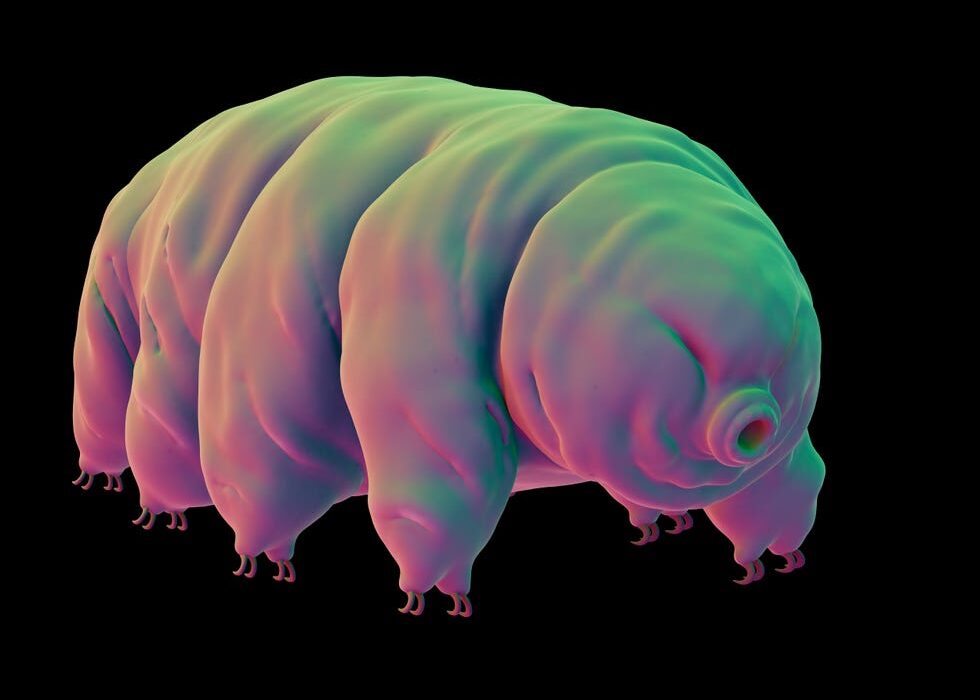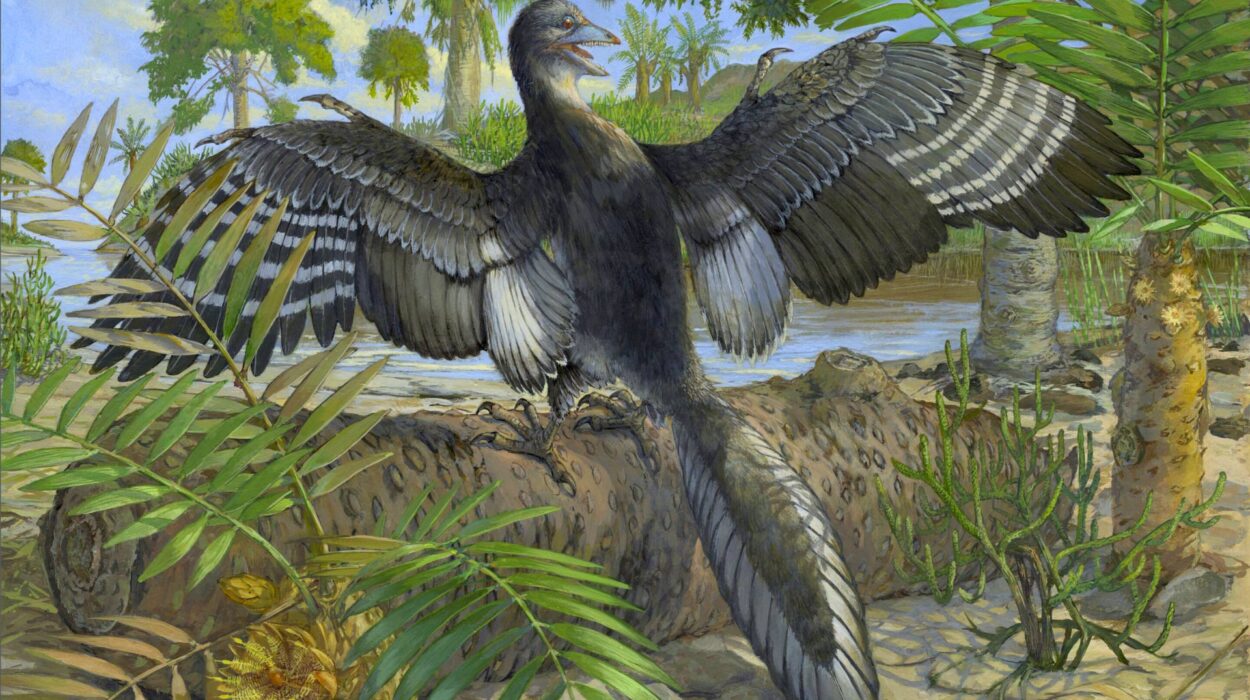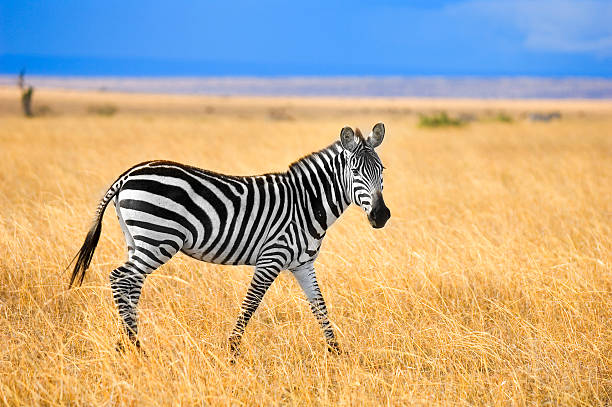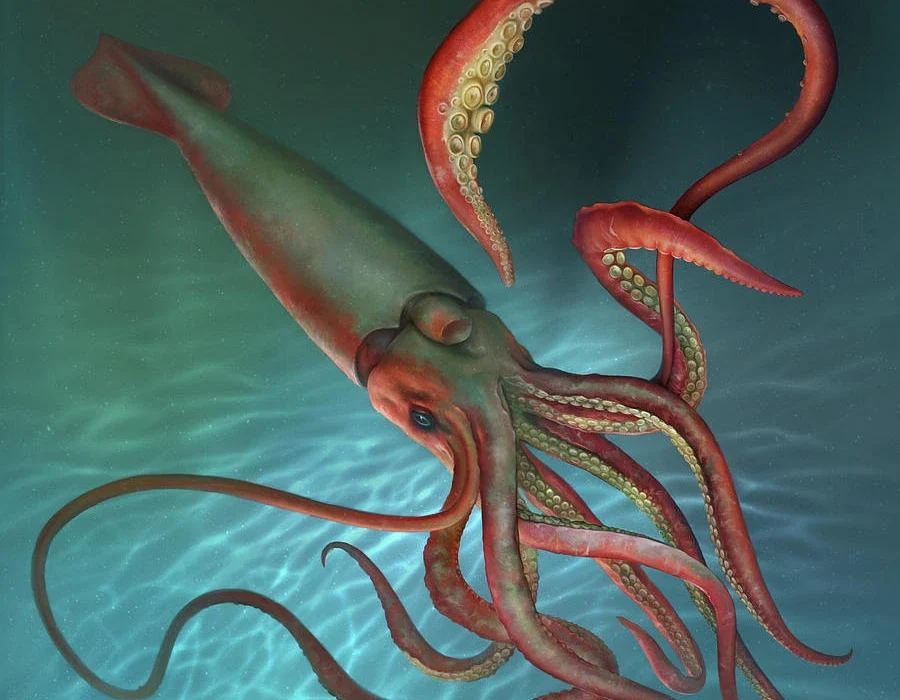For centuries, humans have wondered whether animals are capable of feeling emotions in the same way we do. Among these emotions, love is the most complex and intriguing. We see elephants mourning their dead, dogs eagerly wagging their tails when their owners return, penguins forming lifelong bonds, and dolphins swimming together in what appears to be pure joy. These behaviors have led many to ask a timeless question: do animals actually feel love?
The answer, as modern science reveals, is not simple. Love, in humans and animals alike, is a complex interplay of biology, behavior, and emotion. It involves chemistry in the brain, social bonds, and evolutionary survival strategies. Scientists now know that animals can experience deep emotional attachments that resemble what humans call love. While animals might not express love in the same way people do, their capacity for connection, empathy, loyalty, and affection is both real and profound. Understanding the science of attachment in animals offers not only insight into their emotional worlds but also a deeper reflection of our own.
The Challenge of Defining Love in Science
Before exploring whether animals feel love, it is essential to understand what love actually is from a scientific standpoint. Love is one of the most powerful yet elusive human emotions. It can mean romantic attachment, parental care, friendship, loyalty, or even empathy. Scientifically, love is not a single emotion but a combination of feelings and behaviors driven by hormones and brain activity.
In humans, researchers identify three main types of love-related states: lust, attraction, and attachment. Lust is fueled by sex hormones like testosterone and estrogen, promoting reproduction. Attraction is driven by neurotransmitters such as dopamine and norepinephrine, which create feelings of excitement and pleasure. Attachment, the deep bond that keeps individuals connected long-term, is primarily associated with oxytocin and vasopressin, hormones linked to trust and bonding.
When scientists study animals, they look for parallels in behavior and neurochemistry. If other species exhibit the same hormones, brain activity, and social behaviors that humans associate with love, it suggests that their emotional experiences may be comparable. The challenge, however, is that we cannot directly ask animals how they feel. Researchers must rely on observation, neurobiology, and evolutionary theory to draw conclusions.
The Evolutionary Roots of Attachment
Love, or the biological systems that underlie it, likely evolved as a survival mechanism. In the natural world, emotions that promote cooperation, caregiving, and social bonding increase the chances of survival for both individuals and their offspring. Attachment ensures that parents protect their young, mates stay together long enough to raise offspring, and members of social groups cooperate for food and defense.
In evolutionary terms, love can be seen as a strategy that enhances reproductive success and species survival. For example, a mother’s affection for her child ensures the infant’s survival during its most vulnerable stage. Pair bonding between mates can increase the likelihood that offspring will be cared for by two parents rather than one. In group-living animals, bonds of friendship and loyalty can strengthen cooperation and social stability.
Scientists studying the evolution of attachment often focus on species with strong social structures, such as primates, elephants, wolves, and birds. These animals exhibit not only cooperation but also emotional behaviors—like grief, empathy, and joy—that mirror human experiences. The presence of similar hormones and brain mechanisms in these species provides strong evidence that the roots of love run deep in the evolutionary tree.
The Role of Oxytocin: The “Love Hormone”
One of the most significant discoveries in the science of attachment is the role of oxytocin. Often called the “love hormone,” oxytocin is a neuropeptide that plays a key role in social bonding, trust, and affection. In humans, it is released during childbirth, breastfeeding, and physical touch, strengthening the emotional bond between parents and children or between romantic partners.
Studies have shown that oxytocin is not unique to humans. It is found in a wide variety of mammals and even some birds, serving similar functions. In prairie voles, a small North American rodent known for forming lifelong monogamous pairs, oxytocin and vasopressin are crucial for pair bonding. When researchers blocked these hormones in voles, the animals stopped showing preference for their mates. When the hormones were enhanced, even unbonded voles began to form attachments more quickly.
In dogs, oxytocin levels rise when they interact affectionately with their human companions. Eye contact between a dog and its owner triggers oxytocin release in both, mirroring the bond between a mother and her baby. This mutual hormonal feedback loop explains why dogs and humans often develop such deep, loving relationships.
Elephants, dolphins, and primates also exhibit oxytocin-mediated behaviors, from social grooming and playful interaction to mourning the loss of loved ones. These findings indicate that oxytocin acts as a universal biological glue for social bonds across many species.
Parental Love in the Animal Kingdom
Perhaps the most fundamental form of love in nature is parental love. Parental attachment ensures that offspring survive, learn essential skills, and eventually reproduce, passing on their parents’ genes. This type of love is seen in virtually every species that invests time and energy in raising its young.
In mammals, maternal care is deeply tied to oxytocin and other bonding hormones. When a mammal gives birth, oxytocin floods the brain, triggering nurturing behavior. This hormonal surge encourages mothers to nurse, protect, and comfort their young. The bond formed is so strong that a mother elephant, bear, or lioness will risk her life to defend her offspring.
Fathers also show strong attachments in many species. Male wolves, for example, are devoted parents who help feed, groom, and protect their pups. Emperor penguins, who endure harsh Antarctic winters, take turns incubating their eggs for weeks without food. Their behavior reflects deep commitment and cooperation driven by emotional and hormonal bonding.
Among primates, parental love takes on even more recognizable forms. Mother chimpanzees and gorillas cradle their infants, kiss them, and maintain physical closeness for years. When an infant dies, mothers have been observed carrying the body for days, appearing to grieve—a powerful indicator of emotional depth. These behaviors are not mere instincts; they are expressions of attachment, care, and loss.
Romantic and Pair Bonds Among Animals
Romantic love, or pair bonding, is rarer in the animal kingdom but not unique to humans. While many species reproduce without forming lasting partnerships, some animals form long-term, monogamous relationships characterized by cooperation, affection, and mutual care.
The prairie vole remains one of the best-studied models for animal monogamy. Unlike most rodents, which are promiscuous, prairie voles form lifelong pairs. After mating, they prefer the company of their partner, huddle together, and share nesting duties. Scientists have shown that their brains have a unique distribution of oxytocin and vasopressin receptors in reward-related regions, suggesting that their bond is chemically reinforced in the same way human love is.
Birds also display remarkable examples of romantic attachment. Many bird species, including swans, albatrosses, and penguins, form lifelong partnerships. Mated pairs engage in synchronized dances, mutual preening, and vocal communication that reinforce their bonds. These behaviors not only strengthen attachment but also ensure coordinated parenting.
Even among species that are not monogamous, affection-like behaviors can occur. Dolphins engage in physical contact, play, and social alliances that resemble friendship and attraction. Bonobos, our close primate relatives, use sexual behavior as a social tool to strengthen bonds and reduce conflict. Their societies are built on cooperation and emotional closeness rather than dominance alone.
Friendship and Social Bonds
Love is not limited to romance or family—it also manifests as friendship and social connection. In humans, friendship fulfills emotional and psychological needs, fostering trust and companionship. Similar patterns appear across many animal species.
Chimpanzees form long-term friendships, sharing food, grooming each other, and supporting one another in conflicts. These relationships are maintained over years and are often based on mutual benefit and emotional connection. Studies show that oxytocin levels rise when chimps groom their friends, indicating a hormonal basis for these bonds.
Elephants, known for their intelligence and empathy, form close friendships within their herds. They communicate through touch, sound, and body language, offering comfort to distressed individuals. When one elephant is injured or grieving, others will stay nearby, gently touching it with their trunks. Such behavior goes beyond survival—it reflects compassion and emotional attunement.
Dolphins, too, are highly social animals with intricate relationships. They live in pods that rely on cooperation, communication, and trust. Dolphins display strong attachment behaviors such as synchronized swimming, social play, and protective alliances. These friendships can last decades, suggesting deep emotional investment.
Even species as different as horses, ravens, and bats form social attachments. Horses develop strong bonds with stablemates and can become stressed when separated. Ravens recognize and remember their friends and will share food or cooperate in complex ways. The consistency and reciprocity of these relationships imply emotional depth akin to human affection.
The Neuroscience of Animal Emotions
Modern neuroscience has revealed that many animals share the same brain structures and neurochemical pathways associated with human emotion. The limbic system, which includes the amygdala, hippocampus, and hypothalamus, plays a central role in processing emotions across species.
When animals experience pleasure, comfort, or attachment, their brains release neurotransmitters such as dopamine, serotonin, and oxytocin—the same chemicals that make humans feel love and happiness. In rats, for example, stimulating dopamine pathways produces pleasure responses similar to those seen in humans. Rats also display “laughter-like” chirps during play, suggesting positive emotional states.
Functional imaging studies in dogs have shown that their brains respond differently to familiar humans versus strangers, with heightened activity in reward centers when they recognize someone they love. Similarly, in primates, the same neural circuits activated during social bonding are analogous to those in the human brain.
These findings challenge the outdated view that emotions are uniquely human. Instead, they support the idea that emotional capacity is a shared evolutionary heritage, shaped by millions of years of social and reproductive pressures.
The Expression of Grief and Loss
One of the most compelling pieces of evidence for emotional depth in animals is their response to loss. Grief is a profound form of love, reflecting attachment and awareness of absence. Animals from diverse species display mourning-like behavior when a close companion or relative dies.
Elephants are particularly famous for their apparent mourning rituals. They have been observed touching the bones or bodies of deceased herd members, standing quietly nearby, or covering them with leaves and branches. Some elephants return to the site of a death months or years later, suggesting memory and emotional connection.
Primates, including chimpanzees and gorillas, also exhibit signs of grief. Mothers carry their dead infants for days, and group members show subdued behavior, reduced play, and even attempts to comfort the grieving mother. These actions imply not just instinctual reactions but emotional awareness.
Dolphins and whales have been seen supporting dead calves at the surface, keeping them afloat as if unwilling to let them go. Dogs have been known to wait for deceased owners, showing signs of depression and loss. Such behaviors reveal that love in animals can extend beyond life itself, echoing the same emotional bonds humans feel.
Empathy, Altruism, and Compassion
Love is closely tied to empathy—the ability to understand and share another’s feelings. Evidence of empathy in animals strengthens the argument that they experience emotions similar to human love.
Primatologist Frans de Waal’s studies on chimpanzees and bonobos demonstrate that these animals comfort distressed group members, share food, and reconcile after conflicts. Rats will work to free trapped companions, even when no reward is given. Elephants have been observed helping injured or struggling individuals, and dolphins rescue swimmers and other marine animals.
These behaviors show that animals can act selflessly, guided by emotional connection rather than simple instinct. Empathy likely evolved as part of the social glue that holds communities together. In this sense, love and empathy are not uniquely human but deeply biological, serving as essential components of social life.
The Human-Animal Bond
The relationships humans form with animals are among the most powerful examples of cross-species attachment. From domesticated pets to working animals, these bonds illustrate mutual affection and trust rooted in shared emotional chemistry.
Dogs are particularly notable for their ability to bond with humans. Genetic and behavioral studies suggest that dogs evolved alongside humans, developing sensitivity to human emotions and communication cues. The mutual release of oxytocin during affectionate interaction strengthens this bond. Cats, horses, and even birds also form lasting attachments with their human caregivers.
This interspecies love benefits both sides. Humans experience reduced stress, lower blood pressure, and increased emotional well-being through animal companionship. Animals, in turn, enjoy security, social interaction, and affection. These relationships demonstrate that love can transcend species barriers and that emotional connection is a universal language of life.
Beyond Mammals: Love in Birds and Other Species
While mammals often receive the most attention in discussions of animal emotion, birds also exhibit complex forms of attachment and care. Many bird species form monogamous pairs that last for years or even for life.
Swans are famous symbols of love because of their lifelong partnerships. They build nests together, care for their young, and remain close even outside the breeding season. Albatrosses perform elaborate courtship dances, reinforcing their emotional bonds. When separated, they show distress and seek reunion.
Parrots, known for their intelligence, also display deep attachment to mates and human companions. They preen, call, and seek closeness, showing signs of affection that parallel those of mammals. Even in species like crows and ravens, which are highly social and intelligent, cooperative behaviors and long-term partnerships indicate emotional depth.
Fish and reptiles, while less studied, can also show attachment-like behaviors, particularly in species that care for their young. Though their brain structures differ from mammals’, certain neurochemicals related to bonding are still present, suggesting that the roots of love may reach farther across the animal kingdom than once believed.
The Limits of Anthropomorphism
While evidence strongly supports emotional capacity in animals, scientists remain cautious about projecting human experiences too directly onto them. Anthropomorphism—the attribution of human emotions to animals—can sometimes lead to misunderstanding. Animals may experience love differently, shaped by their unique sensory worlds and survival needs.
For example, a dog’s love may be less about romantic emotion and more about loyalty, safety, and social connection. An elephant’s grief might not include abstract awareness of death, but it still reflects attachment and loss. Recognizing the differences in how animals experience emotions allows us to respect their distinct forms of consciousness while acknowledging their shared capacity for feeling.
What Animal Love Teaches Us About Ourselves
Studying love and attachment in animals reveals much about the human condition. It reminds us that emotions are not exclusive to our species but part of a continuum that stretches across life on Earth. The same biological systems that make humans capable of love evolved long before us, guiding the behavior of countless species.
This understanding deepens our empathy toward animals. Knowing that they feel attachment, joy, and grief challenges us to treat them with compassion and respect. It also enriches our sense of connection to the natural world, showing that love is not merely a human construct but a universal force that shapes life itself.
Conclusion
Do animals feel love? The scientific answer is yes—though not necessarily in the same way humans do. Animals experience deep emotional attachments driven by the same hormones, brain systems, and behaviors that underpin human affection. From a mother elephant’s protective care to a dog’s loyalty or a swan’s lifelong bond, the evidence is overwhelming that love, in its many forms, exists throughout the animal kingdom.
Love in animals is both biological and beautiful. It is written in their brains, expressed in their actions, and woven into the fabric of life. The science of attachment shows that love is not confined to words or human emotion—it is a universal language spoken by every heartbeat that reaches for another. Through understanding animal love, we glimpse the shared emotional heritage that connects all living beings, reminding us that compassion, care, and connection are among the most ancient and enduring forces in the universe.






